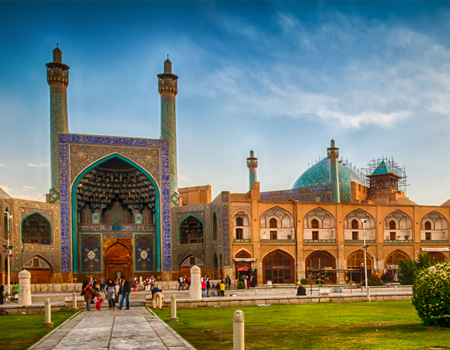

48 hours in Isfahan – Empire of the Mind
|
Day 1: Morning
Isfahan is a city built for walking and you can cover many of its sights on foot. Start with the immense Naqsh-e-Jahan “pattern of the world” square at the heart of Isfahan built by Shah Abbas as a showcase to the might of his empire and its position in the world. Covering an expanse of 20 acres, this giant open space is the second-largest one of its kind after Tiananmen Square in Beijing.Afternoon Masjed-e Shah, also known as The Royal Mosque and enter through its imposing entrance portal. Although the portal was built to face the square, the mosque is oriented towards Mecca. With its pool for ritual ablutions and four imposing |
Cross the grassy maidan towards the Masjed-e Sheikh Lotfollah, an exquisite smaller mosque dedicated by Abbas to his father-in-law who was a prominent Lebanese scholar of Islam. This mosque stands out because the dome is covered with delicate cream-coloured tiles that take on darker hues of pink as sunset approaches and because of the absence of minarets and a courtyard since it was never intended for public use but rather served as a worship place for the royalty. Admire the subtle interplay of light and shadow across the deep blue tile work as you walk through the twisting hallway which leads to the sanctuary.
Evening
Finish your visit to Imam Square with a visit to the last of its three monuments Kakh-e Ali Qapu (Ali Qapu means the ‘Gate of Ali’) directly opposite the Masjed-e Sheikh Lotfollah. Built as a residence for Abbas, this six-storey palace also served as a monumental gateway to the royal palaces that lay in the parklands beyond. The highlight of the palace is its elevated terrace, which features 18 slender columns and affords a wonderful perspective over the square. Worth visiting are the throne room which has a few of the remaining paintings and mosaics that were not destroyed after the 1979 revolution and the music room with its impressive stucco ceiling that reflects sound perfectly.
Day 2: Morning“Isfahan is half the world” according to a famous Persian proverb and our trip to Isfahan is half over! Take a stroll along Chahar Bagh, the Champs-Elysees of the city and spend some time in the shops along the way. The avenue is six km long and on the way you can take in two more historic sights, the beautiful Chehel Sotoun Palace and gardens and the Hasht Behesht palace. The former is a pleasure pavilion in the middle of a park at the far end of a long pool built by Shah Abbas II to be used for the emperor’s entertainment and receptions. Chehel Sotoun means “Forty Columns,” derived from the 20 slender, ribbed wooden pillars supporting the immense portico, which when reflected in the waters of the fountain, are said to appear to be forty. Step inside and look out for the six superb frescoes which decorate the upper walls of the Throne Room – of particular interest to Indian visitors is the one depicting Shah Tahmasp receiving Humayun, the Mughal emperor who fled to Persia in 1543.
|
Afternoon After lunch and for a change of scene and style, cross the Zayandeh river to the Armenian quarter of New Jolfa. Here you will find the unique Vank (monastery) Cathedral built by the Armenian community who were given sanctuary by Shah Abbas I during the Ottoman-Persian Wars at the beginning of the 17th century. The exterior of the cathedral is quite drab and austere compared with the Safavid mosques you saw on day one but its interiors are lavishly decorated with gilded paintings and murals depicting famous Biblical scenes. Islamic influences are clearly to be seen in the domed sanctuary and high arches and the extensive use of delicate floral motifs and blue tile work on the ceilings and walls. |
Isfahan is famous for the five ancient bridges across the Zayandeh river that bisects the city. Make your way back to the Chahar Bagh Avenue via the Si-o-seh pol bridge which crosses the river at its widest point. At the centre of the bridge is a pleasure pavilion where you can relax while the sun goes down and the lights come on, giving a spectacular view of the illuminated bridges and city by night.
![]()
![]()

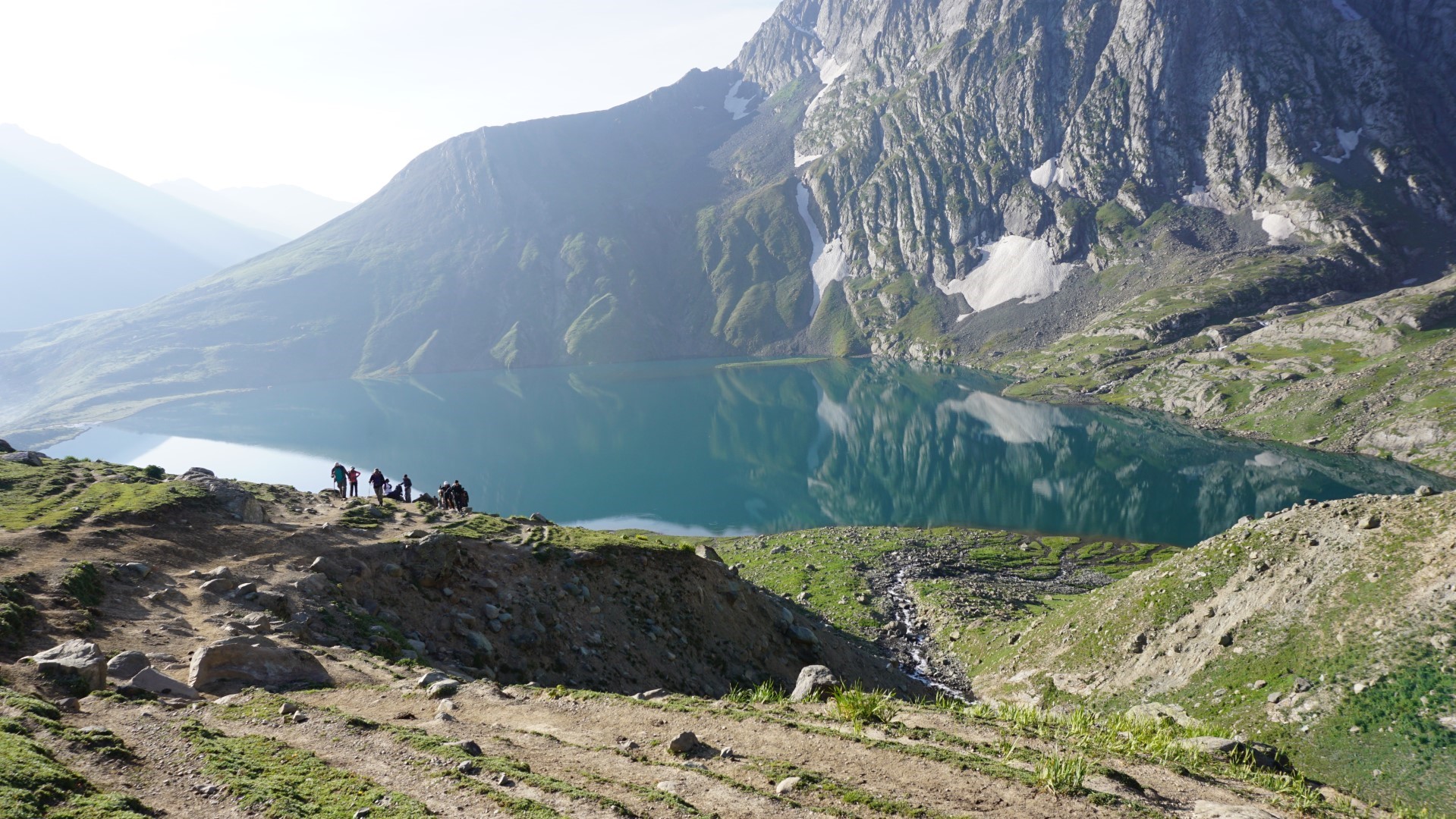
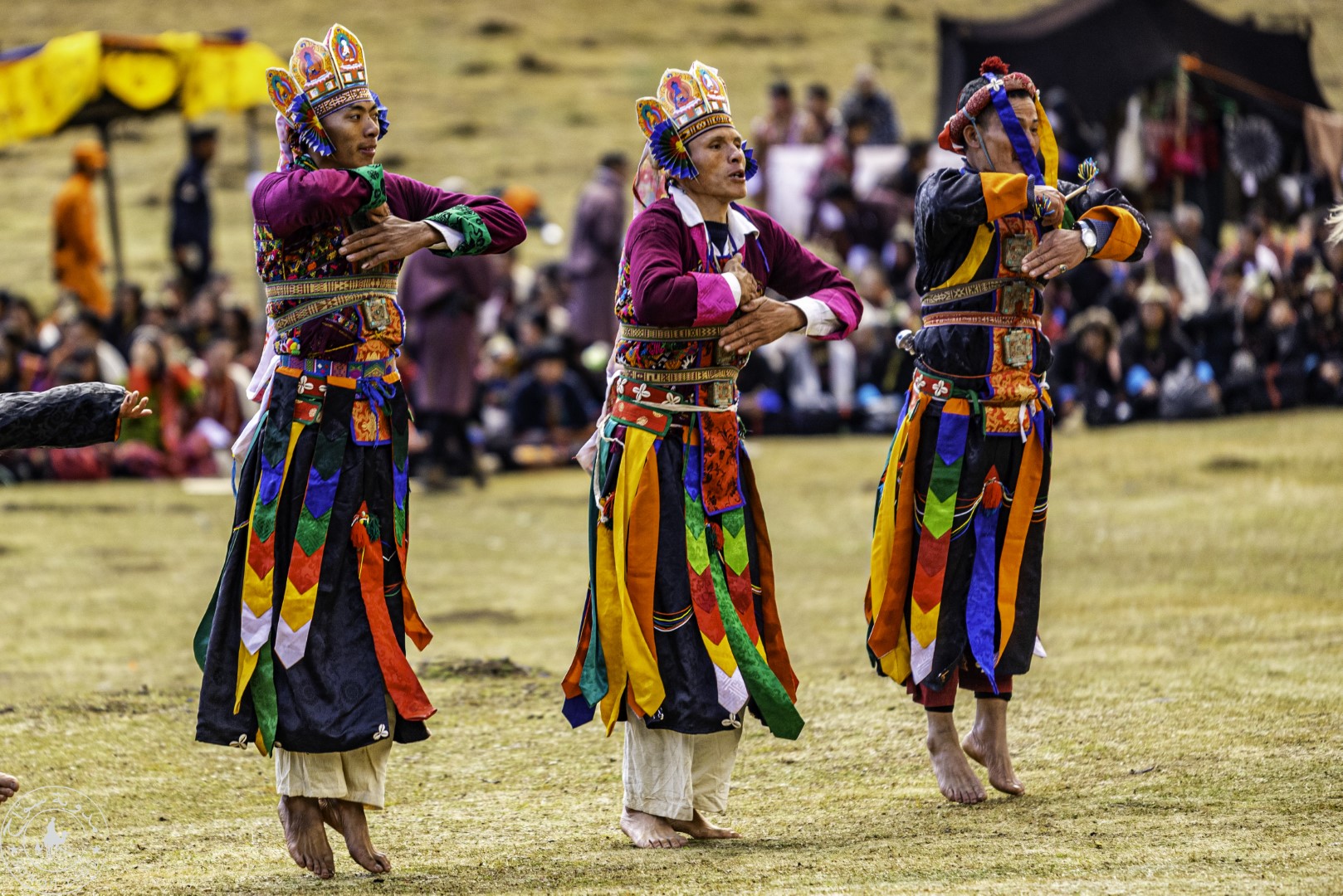
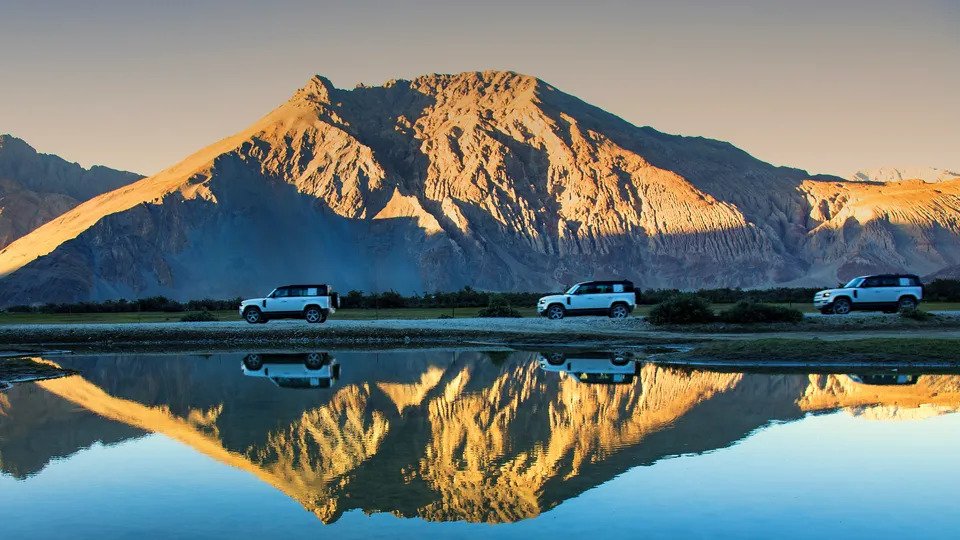
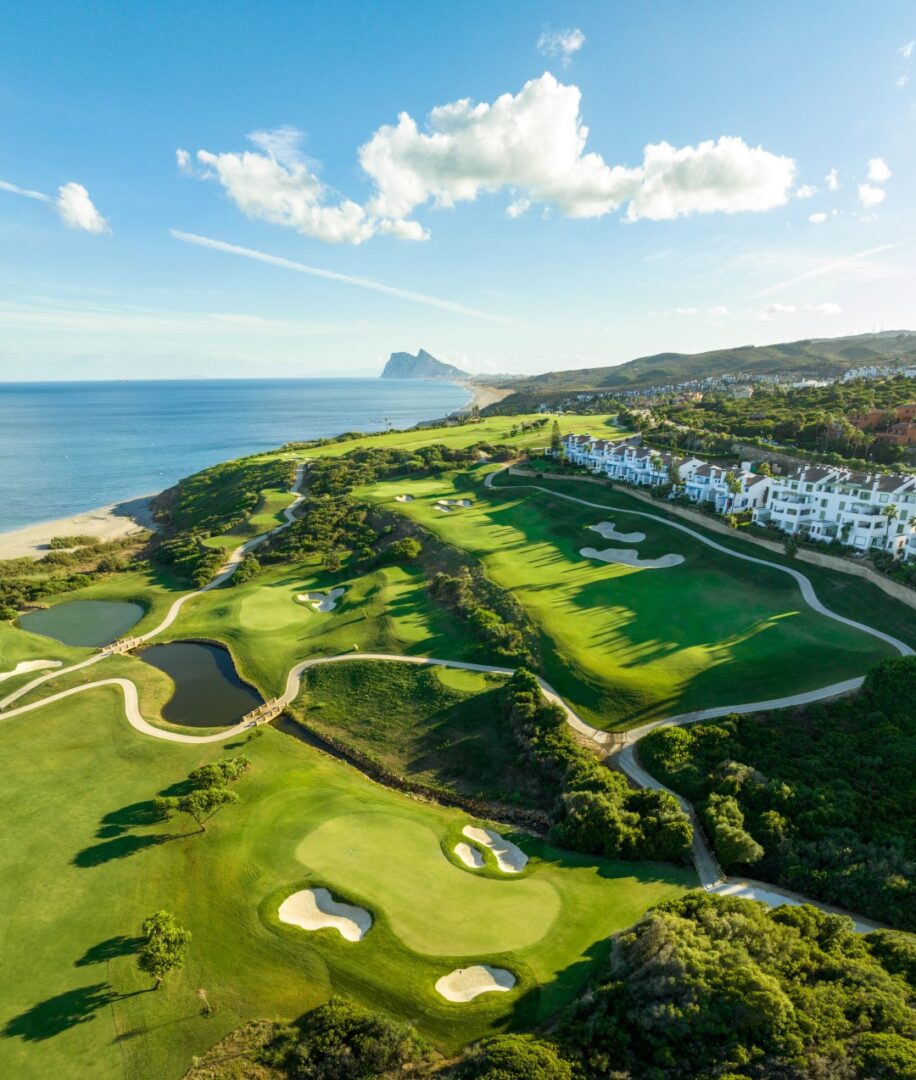

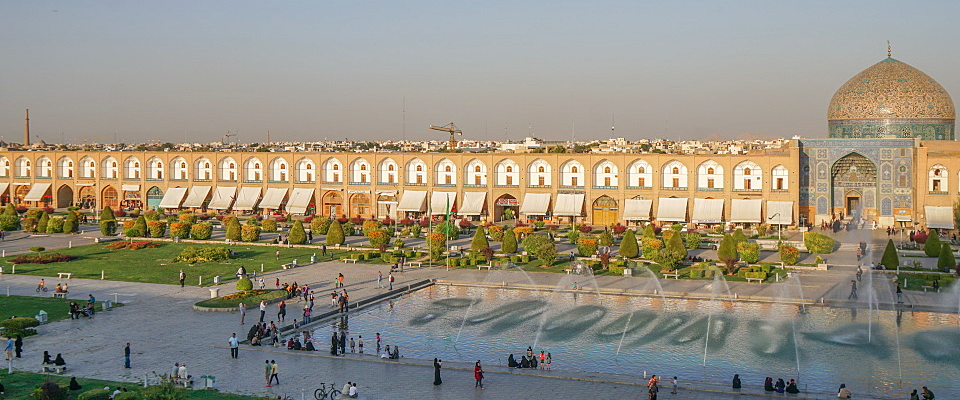
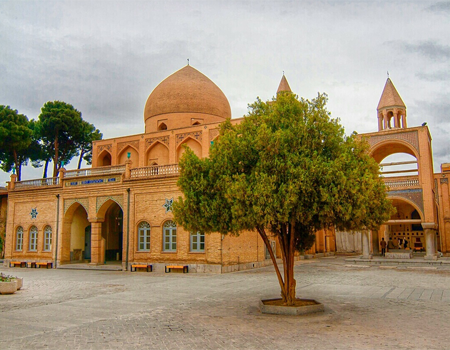
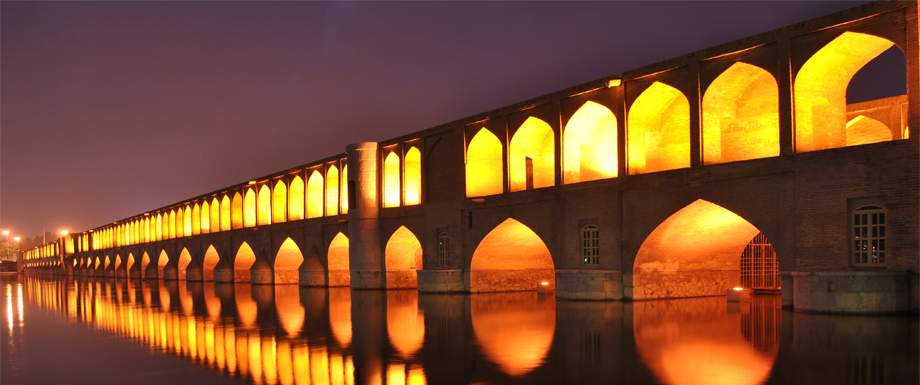

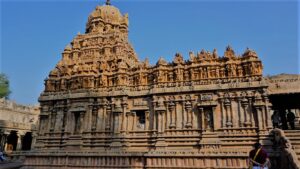
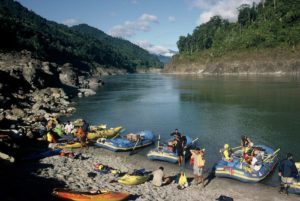
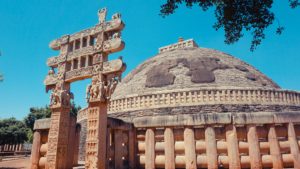
This design is incredible! You most certainly know how to keep a reader entertained. Between your wit and your videos, I was almost moved to start my own blog (well, almost…HaHa!) Great job. I really loved what you had to say, and more than that, how you presented it. Too cool!
Glad you like it, Marissa. 😀
Very kind of you ! Writing a blog can often be tedious and hard work. But yes, I like to put something of myself in each one including the tongue-in-cheek humour 🙂 Do write more often – you can always reach me at [email protected]
Interesting blog! Is your theme custom made or did you download it from somewhere? A design like yours with a few simple adjustements would really make my blog shine. Please let me know where you got your design. Thanks a lot.
Hi Alena. It is a WP theme with some customization made to it. I have hired some VAs who help me maintaining it.
Hi! This post couldn’t be written any better! Reading through this post reminds me of my old room mate! He always kept talking about this. I will forward this write-up to him. Pretty sure he will have a good read. Thanks for sharing!
Haha! Let me know your roommates view on this. 🙂
What did your roommate think of the blog ? Would love to find out ! Drop me a line at [email protected]
I was suggested this web site by my cousin. I’m not sure whether this post is written by him as nobody else know such detailed about my difficulty. You’re wonderful! Thanks!
I wrote this article a couple of years ago for Air Arabia Magazine. Glad you liked it. 🙂
It is truly a nice and helpful piece of info. I am satisfied that you shared this useful information with us. Please stay us informed like this. Thanks for sharing.
Glad that you liked it. 🙂
I hope you managed to visit Isfahan also. It is truly a beautiful city and “half the world” 🙂
I’m impressed, I must say. Really hardly ever do I encounter a weblog that’s each educative and entertaining, and let me let you know, you will have hit the nail on the head. Your thought is excellent; the difficulty is something that not enough people are talking intelligently about. I am very happy that I stumbled throughout this in my search for something regarding this.
Thank you Chester, for the appreciation. You made my day. 🙂
I strive for the combination of education and entertainment so I am so glad to hear this from you 🙂 Do please keep reading my posts !